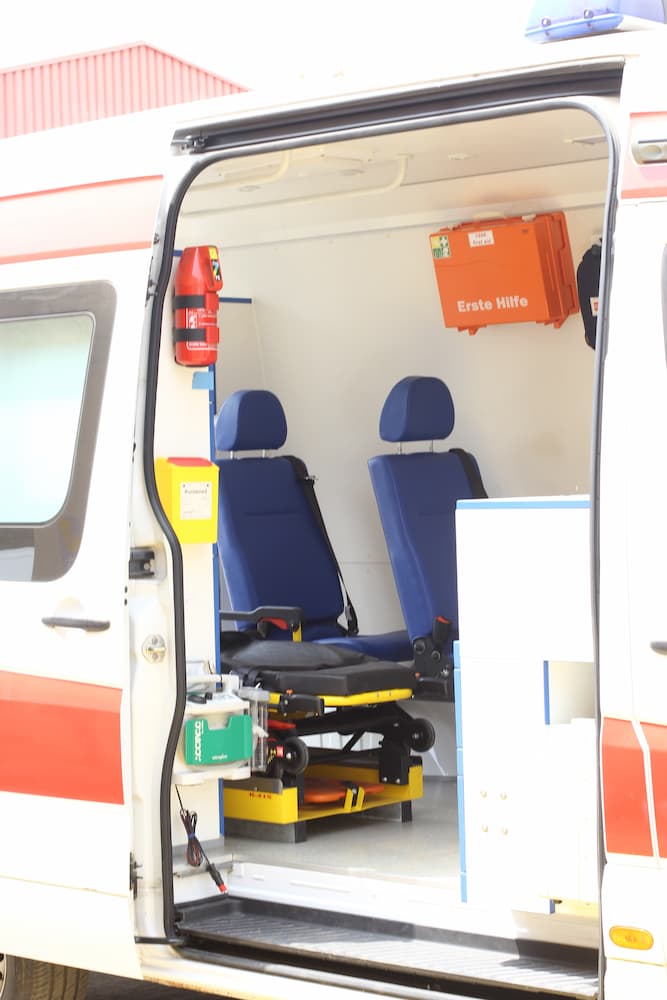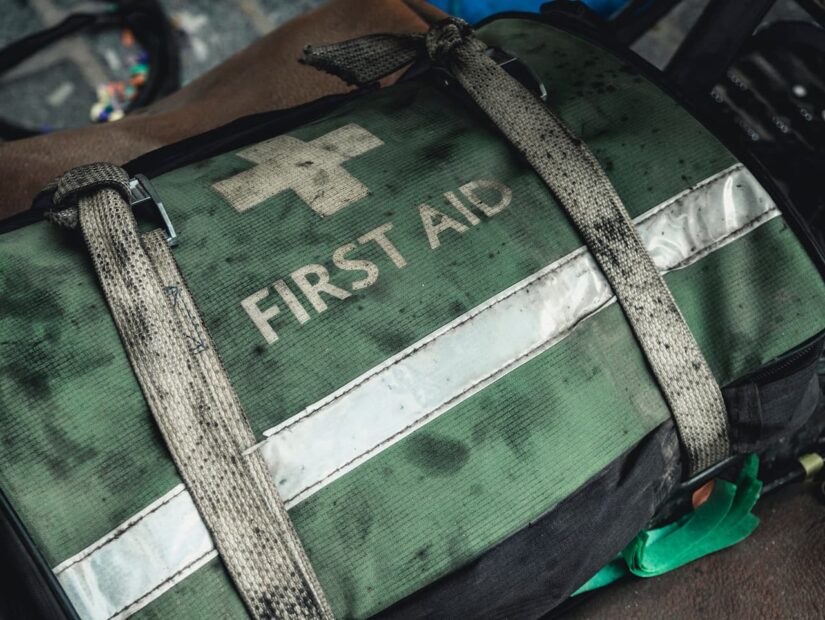First aid for burns
A burn is a tissue injury caused by high temperatures or radiation. In such cases, it is important to be able to provide first aid to the victim. If the tissue damage is extensive, be sure to call an ambulance. The sooner help is provided, the less likely the negative consequences, one of which can be fatal.
Types of burns
Burns can be thermal, chemical and physical. The first type is the most common. Thermal burns are most often received in fires. This type of tissue damage occurs during contact with fire, heated objects.
Chemical burns occur under the influence of acids and alkalis.
According to the depth of the lesion there are four degrees of burns.
The first is the mildest, characterized by redness and swelling of the epidermis, passes on its own within 4-6 days.
The second stage is characterized by skin detachment and blistering. It takes about 2 weeks to heal, no scars are formed. If the blisters become infected, the burns take longer to heal and the skin may become deformed.
The third degree means necrosis, the appearance of a black scab. Tissues heal slowly, the process takes a long time. In such cases, scarring cannot be avoided.
In the fourth degree, the tissues are charred under the influence of very high temperatures. This form is considered the most severe, it affects not only the skin, but also muscles and tendons.
The most serious injuries are caused by contact with open flames, heated objects: burning clothes, iron.
With a large area of burns, skin grafts are often required – a complex and expensive operation.
First aid
First aid for burns should be given immediately, even before the doctor arrives.
Eliminate the source of the burn
If it is a fire, it is necessary to put out the fire and evacuate the victim without delay. If burned with liquids or red-hot metal, remove clothing from the affected area. Act quickly or the condition will worsen.
Cooling the affected areas
The next step in first aid involves cooling the affected areas. It is important to lower their temperature as quickly as possible to prevent complications during therapy. The affected limb is lowered into cold water.
Closing the burn surface
In the next step, the burn surface is necessarily covered with a sterile dressing, so that no infection gets in.
Anesthesia
Burns are almost always accompanied by severe pain, to relieve it, the victim is given painkillers.
Transferring the patient
After this, you can proceed to the transportation of the patient to a medical facility. Transportation of the victim is usually the responsibility of the ambulance team. Transportation of a burn victim needs to be very carefully, so as not to cause him additional discomfort.

What should not be done in any case?
It is easy to aggravate the condition of a burn victim by improper actions. It is unacceptable to lubricate the affected areas of the skin with cream or ointment, many people make this mistake, in an attempt to alleviate the condition. Egg white and other similar means are also inadmissible – it will only make the situation worse.
It is forbidden to apply fish oil or ointments to the affected areas, as they can contaminate the burn and complicate the subsequent treatment.
Wounds can not be treated with absorbent cotton – this is fraught with sticking its fibres, which can only be removed by surgery.
It is inadmissible to put ice directly on the burned area, between it and the epidermis should be a layer of tissue.
It is forbidden to open the blisters that have appeared, you have to wait until they burst on their own.
Everyone should know how to provide first aid for burns. This will allow you to react quickly in an emergency situation, to alleviate the condition of the victim, to reduce the discomfort he is experiencing.
Conclusion
In this article, we have considered the important aspects of first aid for burns. Burns are serious injuries that can cause significant damage and pain. It is important to keep in mind a few simple but effective steps that can help ensure proper care for the victim and reduce possible complications.
